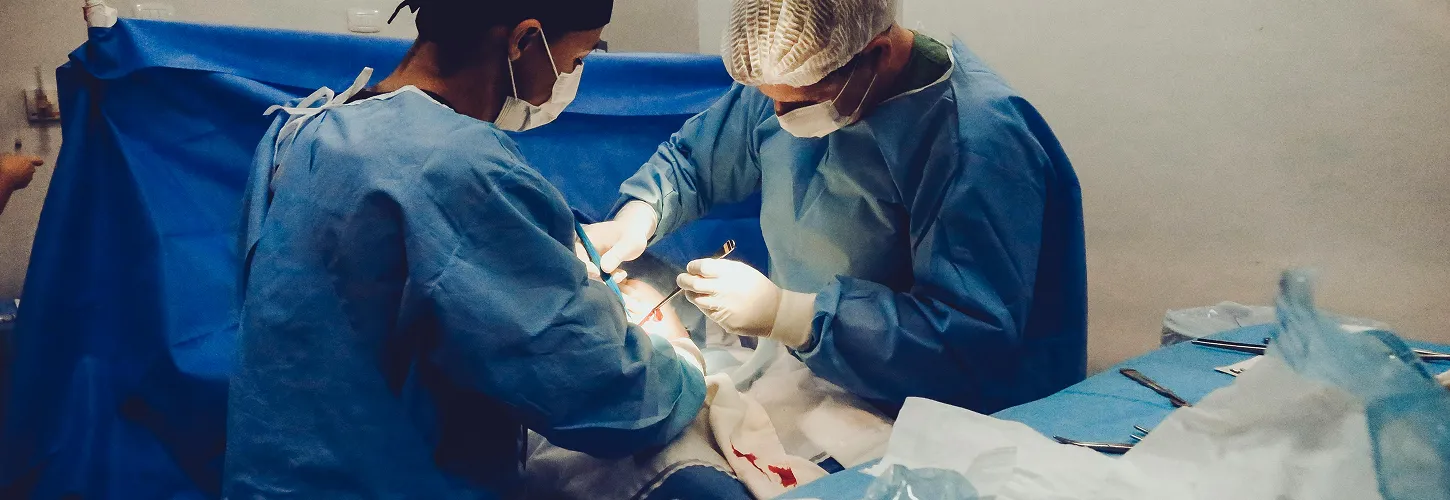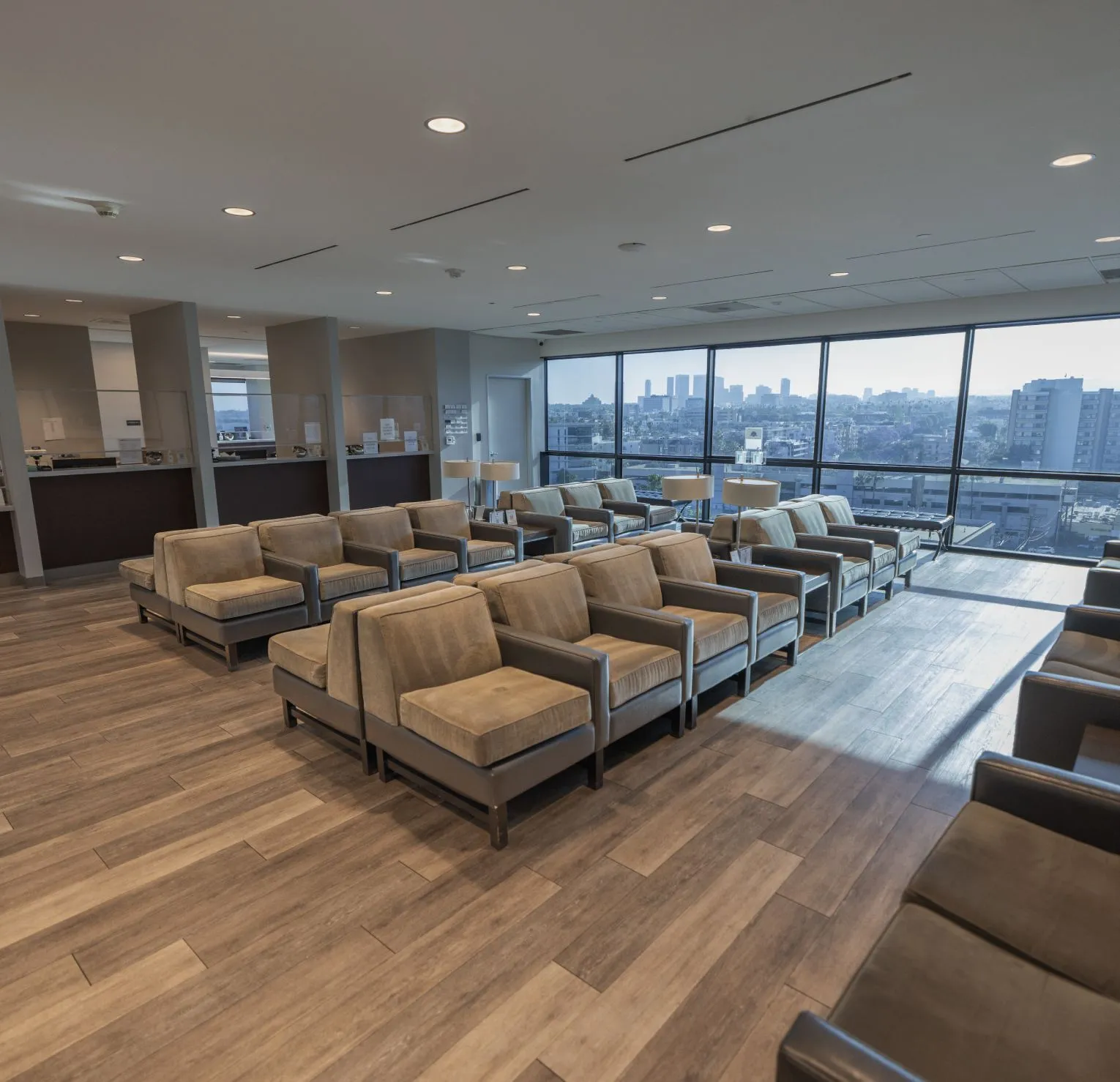




VP Shunt Placement, Endoscopic Third Ventriculostomy (ETV), Shunt Revision or Removal in Los Angeles
Get expert care for hydrocephalus with advanced solutions like VP shunt placement, ETV, and image-guided shunt revision to restore brain fluid balance and relieve symptoms.







WHAT Are VP Shunt Placement and ETV?
Hydrocephalus is a condition where excess cerebrospinal fluid (CSF) builds up in the brain’s ventricles, increasing intracranial pressure and potentially causing headaches, nausea, balance problems, and cognitive decline. Two of the most effective surgical solutions for hydrocephalus are ventriculoperitoneal (VP) shunt placement and endoscopic third ventriculostomy (ETV).
Dr. Parham Yashar, recognized among the best neurosurgeons in Los Angeles, offers both techniques with the latest in image-guided and endoscopic technology. He also specializes in shunt revision and removal, offering patients long-term hydrocephalus care with precision and compassion.
These procedures are designed to restore normal CSF circulation, reduce pressure on the brain, and protect brain function, whether you’re newly diagnosed or have a history of shunt placement.

Which is the Best Hydrocephalus Surgery for Me?




A VP shunt is the most common surgical treatment for hydrocephalus. It involves placing a thin, flexible tube inside the brain’s ventricles to divert excess CSF to the abdomen, where it can be absorbed naturally.
- Procedure Overview
• Performed under general anesthesia
• Involves a small incision on the scalp and abdomen
• Uses image-guided technology for accurate catheter placement
• The shunt system includes a programmable valve to regulate CSF flow
Most patients experience rapid symptom relief and can return to light activity within one to two weeks.




ETV is a minimally invasive procedure used primarily for obstructive hydrocephalus. It involves creating a small opening in the floor of the third ventricle, allowing CSF to bypass the blockage and flow freely.
- Key Benefits
• No implanted hardware
• Reduced long-term complications
• Ideal for certain tumor-related or congenital blockages
• Faster recovery and lower infection risk
Dr. Yashar performs ETV with high-definition endoscopes and real-time neuronavigation to ensure precision and safety.




VP shunts can malfunction or become infected over time. Dr. Yashar provides expert management of:
• Shunt obstructions or overdrainage
• Shunt infections or disconnections
• Valve failure or catheter migration
In these cases, revision surgery or removal may be necessary. Dr. Yashar uses advanced imaging and surgical techniques to identify the problem and restore proper CSF dynamics with minimal risk.



Recovery and Follow-Up
Recovery after hydrocephalus surgery depends on the underlying condition, procedure type, and overall health.
Most patients can expect:
- Hospital stay of one to three days (longer if complications were present)
- Gradual return to normal activities within two to four weeks
- Imaging follow-up (CT or MRI) to assess CSF flow
- Long-term monitoring to ensure the shunt or ETV function



When Are These Procedure Recommended?
You or your loved one may need a VP shunt, ETV, or revision procedure if:
- You’ve been diagnosed with hydrocephalus (congenital, normal pressure, post-hemorrhagic, or tumor-related)
- You are experiencing symptoms such as: Headaches, nausea or vomiting, gait disturbance, urinary incontinence, memory issues, or cognitive slowing
- You have a previously placed shunt that is malfunctioning or infected
- Imaging shows enlarged brain ventricles with impaired CSF flow
- Non-surgical treatments or observation are no longer effective
Dr. Yashar will carefully assess your symptoms, imaging, and medical history to determine the most appropriate treatment path, whether that’s a new shunt, an ETV, or a revision.


FAQs About Hydrocephalus and Its Treatment
In many cases, yes. Medication can help relieve symptoms temporarily, but long-term correction usually requires surgical diversion or bypass of CSF flow.
Symptoms often include headache, nausea, difficulty walking, balance problems, blurred or double vision, urinary incontinence, and changes in memory or personality. If you or a loved one is experiencing any of these symptoms, it’s important to seek medical evaluation right away, as hydrocephalus can become life-threatening without treatment.
In select cases, especially obstructive hydrocephalus, ETV may eliminate the need for a shunt. However, it is not suitable for every patient.
Like any brain surgery, risks include infection, bleeding, or neurological changes. Dr. Yashar uses intraoperative navigation and monitoring to minimize risk and ensure optimal outcomes.

Where to Find the Best Hydrocephalus Surgery in Los Angeles
At Yashar Neurosurgery, we take a deeply personalized approach to hydrocephalus treatment. No two patients are the same, which is why Dr. Yashar offers both traditional and minimally invasive surgical solutions tailored to your unique brain anatomy, lifestyle, and long-term goals. Whether you're dealing with congenital hydrocephalus, normal pressure hydrocephalus (NPH), or complications from an existing shunt, we provide leading-edge care with compassion, clarity, and expertise. If you or a loved one is living with hydrocephalus, you deserve care from a neurosurgeon who combines leading-edge technology with personalized, compassionate treatment.
Dr. Parham Yashar is a board-certified, fellowship-trained neurosurgeon in Los Angeles with extensive experience treating both pediatric and adult hydrocephalus. Whether you need a new diagnosis, a second opinion, or expert shunt management, Dr. Yashar will provide the answers and support you need.





Get in touch today
Please complete and submit the form below and a member of our staff will contact you shortly.




